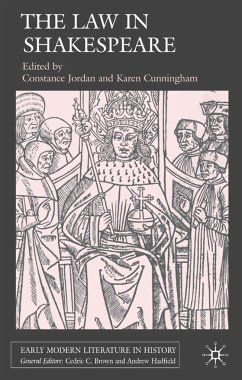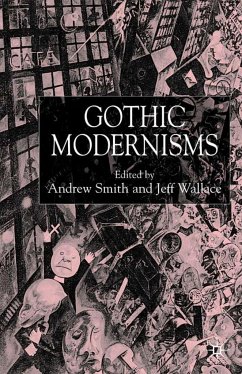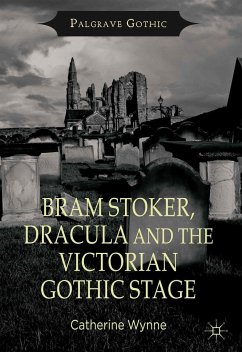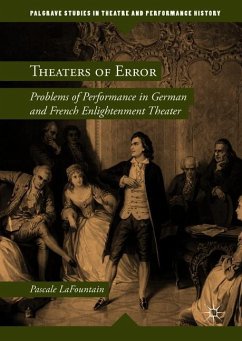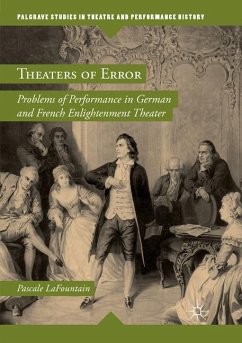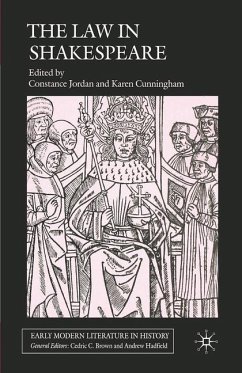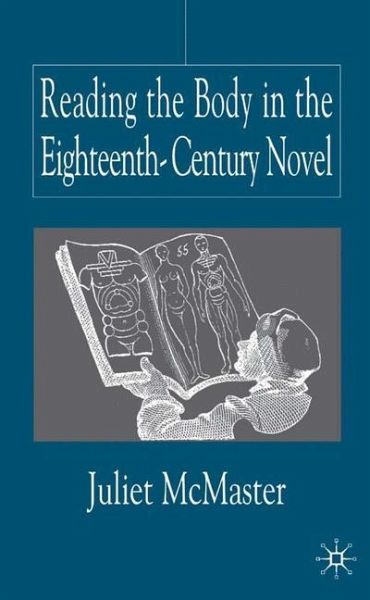
Reading the Body in the Eighteenth-Century Novel
Versandkostenfrei!
Versandfertig in 6-10 Tagen
38,99 €
inkl. MwSt.
Weitere Ausgaben:

PAYBACK Punkte
19 °P sammeln!
McMaster's lively study looks at the various codes by which Eighteenth-century novelists made the minds of their characters legible through their bodies. She tellingly explores the discourses of medicine, physiognomy, gesture and facial expression, completely familiar to contemporary readers but not to us, in ways that enrich our reading of such classics as Clarissa and Tristram Shandy , as well as of novels by Fanny Burney, Mary Wollstonecraft and Jane Austen.




